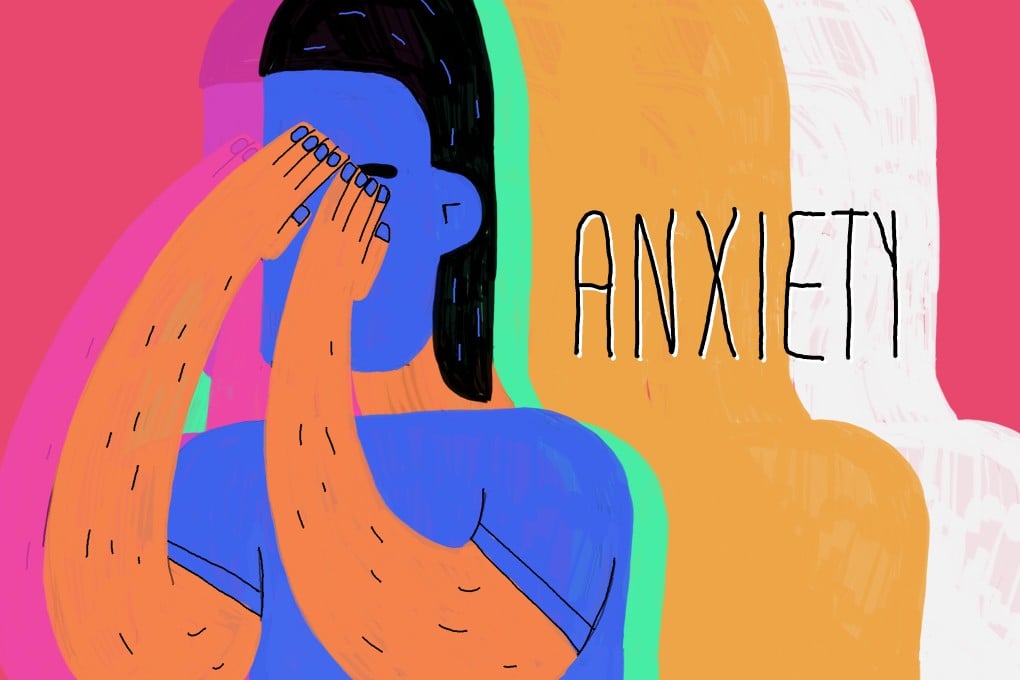Anxiety can be overwhelming and affect your physical as well as mental health - but you can take back control
Worries are a natural part of life, but if they start to interfere in your everyday existence, it may be time to tackle them head on

There's so much our bodies do to ensure our survival without our being aware. One of the ways they act without our instruction is when we are faced with danger. Anxiety is the name given to describe our physical reactions if we encounter something that appears to be a threat. When this happens, our bodies will prepare themselves to run or fight, also known as “fight or flight”.
In fight or flight mode, what we feel and how our bodies physically react is known as anxiety. Anxiety can be helpful, as it triggers bodily systems to prepare for action. In the face of danger, our breathing speeds up, giving more oxygen to our muscles so we can fight if we have to, or run as fast as we can away from the danger. For similar reasons, our heart rate speeds up, and blood is prioritised to our large muscles. Stress hormones are released, which will help us get ready for action. Our muscles tense, and we sweat more, to keep our bodies cool and ready for action. Digestion and other bodily functions that are not important in this moment are put on hold, and our mind becomes fixated on the source of the threat.
So far, this preparation sounds great. Our bodies are in optimal position to flee or to fight, and we’ve not even had to consciously put any work in. However, sometimes what we think of as a threat to us … just isn’t. In the modern world, we don’t often come across people or animals who we have to run away from or physically defend ourselves against, and yet our bodies’ natural response to perceived threat is exactly the same as its response to actual threat.
Our brains (especially the amygdala and the hippocampus) have not evolved to tell the difference between actual threats – for example, “If I don’t do something this sabre tooth tiger will eat me” – and perceived threats – something like “If I don’t pass this exam my whole life is ruined”. Although these examples are a bit ridiculous, they illustrate how our physical reactions to perceived threats can create a problem.
As our brains can’t tell the difference between actual and perceived threats, the automatic responses in our bodies will be set off regardless of whether they need to be. This is why we might feel breathless, dizzy or light-headed all of a sudden in certain situations, as the fight or flight response increases our breathing rate. Feeling nauseous, looking pale, and feeling clammy or sweaty are other examples of how anxiety can become a problem for us, if we are not needing to actually run away or fight.
Case study
Erin* often experienced shortness of breath, palpitations and erratic thinking. Anxiety also affected Erin’s sleep, making it difficult for her to get enough rest, and this in turn led to her being more and more tired during the day. Erin’s anxiety had several root causes. It had started, she believed, when she had been involved in a car crash when she was 11 years old. Although the danger had long past, Erin explained that she sometimes had flashbacks, and had recently been diagnosed with Post Traumatic Stress Disorder. When she had a flashback, her mind would replay the scene from the accident, and Erin would feel like she was back in that moment, in imminent danger. She found she could get "stuck" in the scene, and be unable to pull herself back to reality. Her breathing would become shallow and quick, she would get hot and dizzy, and would always feel very frightened when experiencing a flashback.